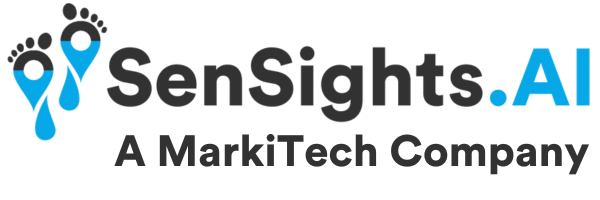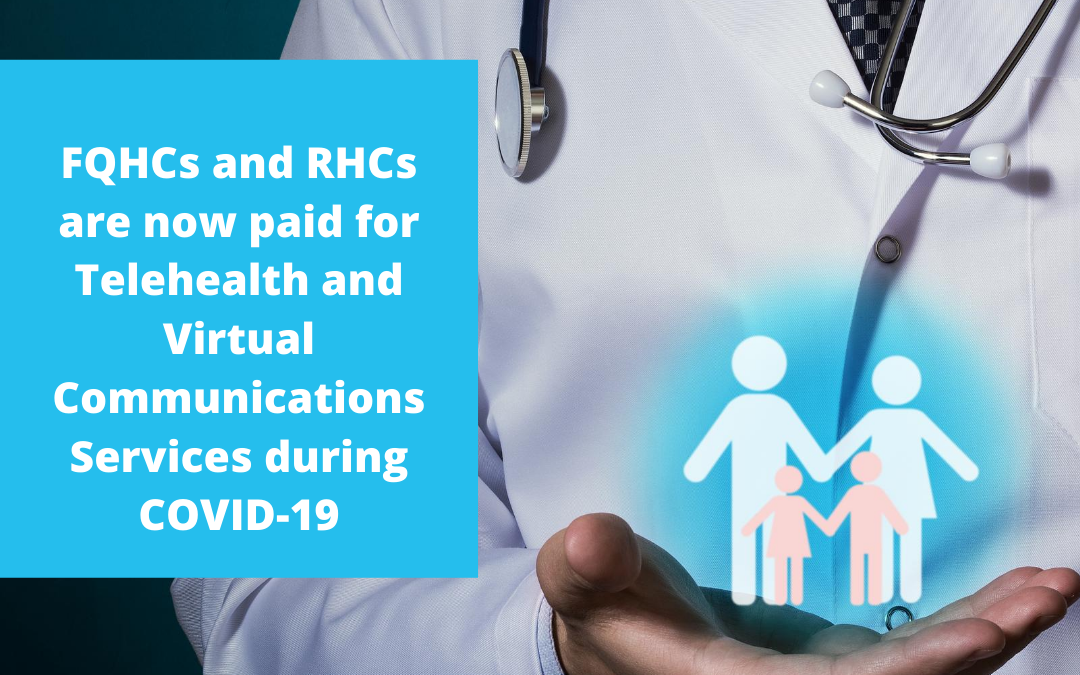As the COVID-19 pandemic has sustained to generate obstacles for in-person care in the healthcare industry, telehealth has amplified its services for delivery of healthcare in the pandemic. During this time, Congress, the Centers for Medicare and Medicaid Services (CMS), and Federal Medicaid plans have recognized reimbursement for telehealth programs and telephonic facilities provided by federally qualified health centers (FQHCs) and rural health clinics (RHCs) as of critical significance. They have identified FQHCs and RHCs as crucial medical providers for people with low socio-economic capital or who are in rural settings.
Consequently, there has been considerable adaptability in Medicare and National Medicaid legislation connected to telehealth and telephonic services at FQHCs and RHCs, encouraging constant access to resources of care and support during the COVID-19 Public Health Emergency (PHE). Concurrently, expanded and better access to telehealth and telephonic services among Medicare and Medicaid facilities has delivered considerable compensation to FQHCs and RHCs, assisting them to remain maintainable as in-person consultations have been decreased.
Billing and CPT Codes for FQHC/RHC for Telehealth Services and Digital Communications
The Coronavirus Aid, Relief, and Economic Security Act (CARES Act) approved by Congress on March 27, 2020, unlocked the gate for Federally Qualified Health Centers (FQHCs) and Rural Health Clinics (RHCs) to amplify the access of medical services to patients in underprivileged environments by compensating for telehealth facilities to Medicare recipients Additionally, CMS has implemented non-judicial regulation changes and flexibility in its policies to regard the expanded requirement for remote patient monitoring services for Medicare recipients in underprivileged locations of the state.
The advice for FQHC and RHC telehealth and digitized infrastructures platforms supplemented adaptability for FQHC and RHC clinicians to deliver synchronous audio and video conferences from remote locations and to bill for the facilities as a “distant site” clinician compared to accepting only the “originating site” service fee available before the PHE waivers.
CMS also enlarged the scope of reimbursement for extra digital communication facilities to comprise the recent “online digital evaluation and management services” codes, also identified as “e-Visits”. Contrasting to telehealth visits, e-Visits are not executed employing two-way live collaborative audio and video, but instead are the non-face-to-face digital transmission of data that can be carried out through confidential patient portals.
Payment for telehealth services to FQHCs and RHCs is founded on the volume-weighted average amount for all telemedicine facilities on the Medicare Physician Fee Schedule, calculated at $92 for the year 2020. Payments will be as per the Prospective Payment System (PPS) rate for FQHCs and at the All-Inclusive Rate (AIR) for RHCs (presently at the rate of $86.31).
From 1st July 2020 till the end of the pandemic or the year, fees to RHCs and FQHCs should be entered with the CPT code G2025 and will be remunerated at the rate of $92. RHCs and FQHCs should waive the group of collective payments from patients for telehealth platforms associated with COVID-19 testing and must add the “CS” modifier on the line of services for medical entitlements to be remunerated with the co-reimbursement implemented.
During this Public Health Emergency, the succeeding e-Visit codes enable payments to be made:
- CPT code 99421 (5-10 minutes over a week)
- CPT code 99422 (11-20 minutes’ duration over a week)
- CPT code 99423 (21 minutes or more over a week)
FQHCs and RHCs and Remote Patient Monitoring Services
FQHCs and RHCs are not independently compensated for Remote Patient Monitoring platforms, consisting of CPT Codes 99091, 99453, 99454, 99457, and 99458. RPM tools are playing an integral role in the fight against COVID-19 for diagnosing and managing symptoms of patients.
If telehealth platforms are provided, expenditures and time connected to these amenities should be traced independently. The cost record will comprise of a cost center for these amenities. Recommendations and suggestions have been put forth to build an independent department to categorize the costs and trace the consultations and time duration the clinicians complete these services separately. The CARES Act also endorses that expenses linked to telehealth services and RPM Tools should not be harnessed to estimate the RHC all-inclusive rate.
Moreover, the consent of the recipient must be attained for several patient facilities, comprising of telehealth and technological communications services. However, during the national health crisis, permission may be acquired at the time of provision by supplementary staff (autonomous contractors) who are not certified to deliver healthcare services but who are under the overall management of the billing RHC or FQHC medical practitioner. This versatility for procuring the informed consent of patients is also vital for expediting other significant agendas for rural patients such as Chronic Disease Care Management services.
RHCs and FQHCs can offer visiting nurse services as well as remote patient monitoring facilities to recipients who are isolated in their homes in locations with a scarcity of home health agencies to cater to healthcare issues of acute or chronic illnesses. These facilities can be provided by an RN (Registered Nurse) or LPN (Licensed practical nurses) and must be the corresponding of an RHC or FQHC billable consultation. CMS has presumed that the regions naturally attended to by RHCs and FQHCs have a lack of home-based health agencies, so services do not need to demand a prescription or an appointment.
Furthermore, CMS has asserted that states should pay FQHCs and RHCs according to the Medicaid PPS methodology or a corresponding alternate payment practice (APM) when they offer a provision via telehealth that is in the scope of FQHC or RHC benefit.
The Way Ahead
Since the commencement of the COVID-19 pandemic, there have been swift developments to acquire telehealth and telephonic services furnished by FQHCs and RHCs. Stakeholders will be observing the extent to which the resilience attained during the PHE persists after the emergency period elapses. In Medicare, Congress would require to authorize legislation for FQHCs and RHCs to remain to perform as telehealth far-flung sites and obtain compensation for telephonic services.
For Medicaid, states will confront decisions if they want to make contemporary extensions in repayment for telehealth and telephonic services long-lasting. We anticipate that mutually in Medicare and Medicaid, treatment will eventually be more extensive than it was pre-pandemic but less substantial than it is today.


